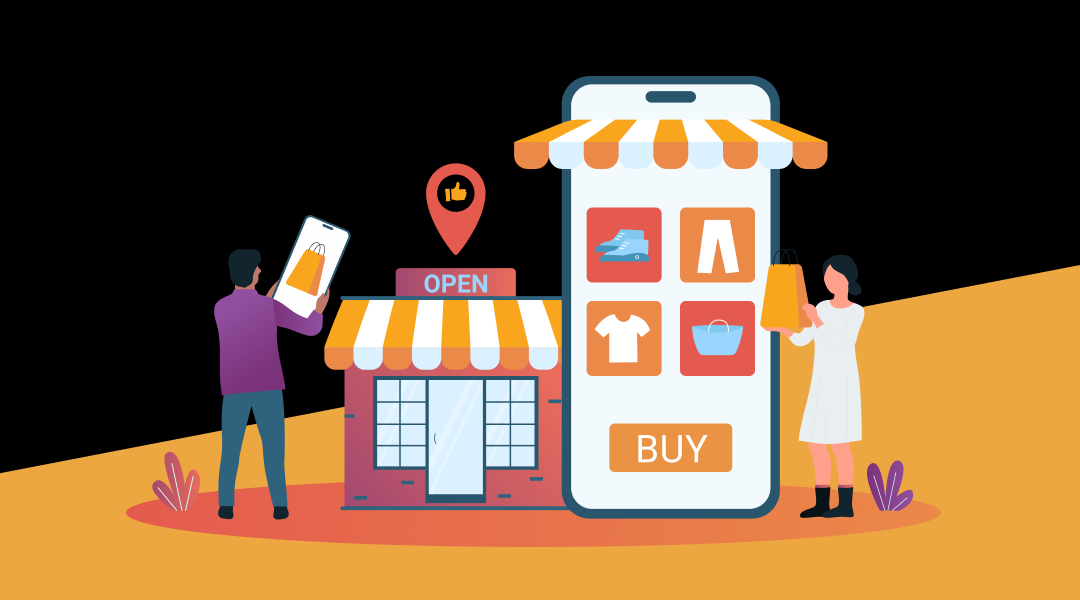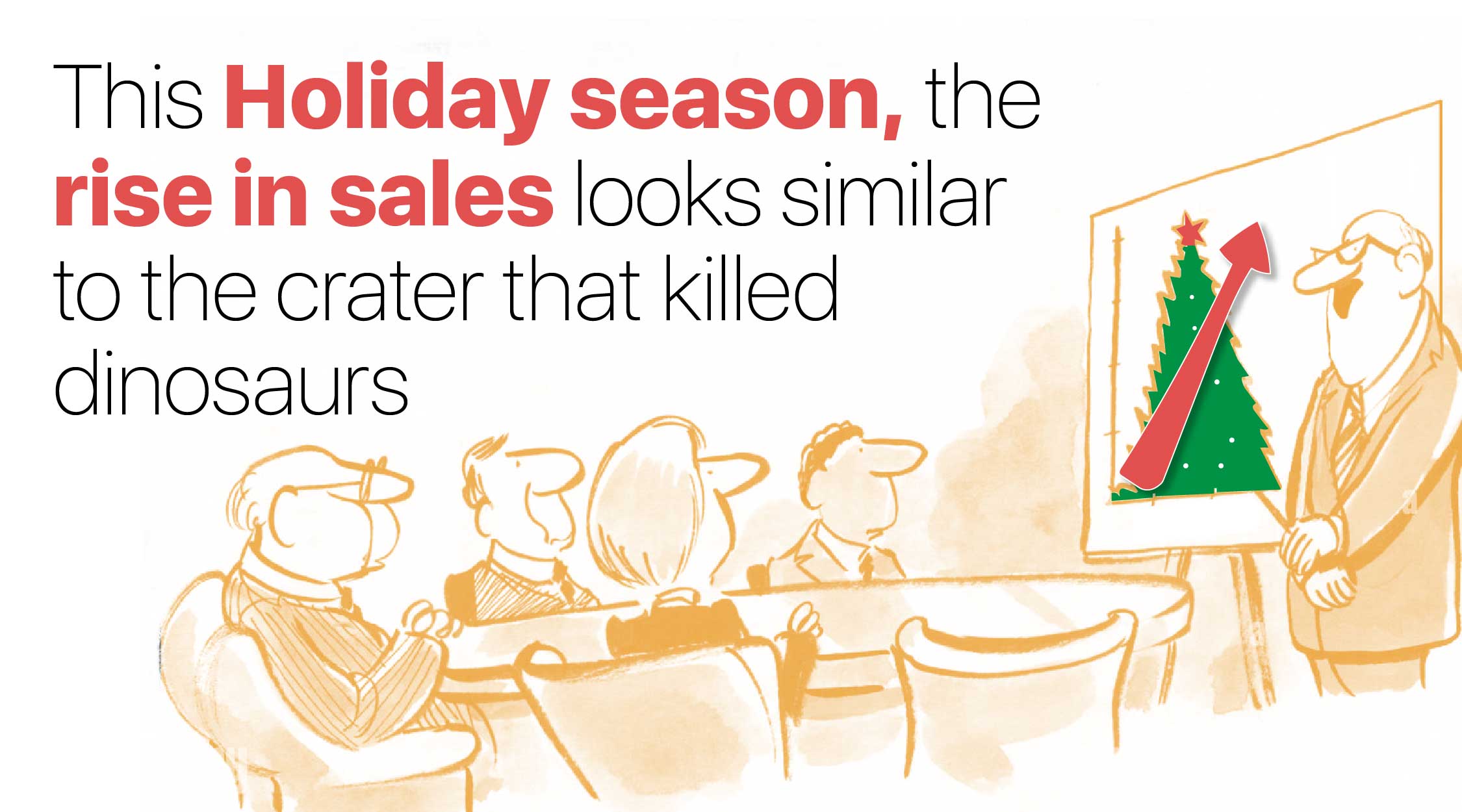The digital shopper journey has changed dramatically in the past few years. Before, consumers would log in to their desktop or laptop computers to make a purchase. While some are still purchasing online via their computers, the numbers make it clear that mobile has changed the shopping journey.
Mobile is the fastest-growing shopping channel, predicted to hit $710 billion sales in the U.S. in 2025. That’s up from $220 billion in 2019. In the U.S., eMarketer estimates that there are 215 million digital buyers, defined as those who have purchased through a digital channel in the past year.
Mobile devices – and social media – mean that shoppers aren’t taking a linear journey when they purchase. They don’t log in, search for a product or brand, and hit “buy.” The average shopper uses 3.5 devices when researching a purchase online and 2.6 devices while actually shopping [CP1], looking at alternative ways to find products and deals.
Many make purchases while scrolling through Instagram, TikTok, or another social media channel, or use promotions they find when they’re ready to buy. This presents an opportunity for brands to reach tech-savvy consumers as they’re browsing on their phones and serving them with the right offer at the right time.
Turning Mobile Shoppers Into Buyers
Getting those mobile shoppers to buy requires brands to think about how they engage them through their apps and through every stage of the journey. The good news is, the majority of mobile shoppers (64% of smartphone shoppers and 71% of tablet shoppers[CP2]) convert to buyers.
Today’s mobile shoppers have more power than ever because they have information and choices, but they’re not entitled. They use their mobile devices to learn more about products, analyze and filter their choices so that they can make informed decisions. For example, a consumer looking for a restaurant will search for one nearby, read reviews and visit the restaurant’s website to view the menu. If they like what they see, they’ll book a table or head over for their meal.
The same goes for any product. Whether it’s a washing machine or a weight set, mobile shoppers will use their devices to search for the product, check out reviews and do their due diligence. But because they know they have choices, they’ll also search for products that meet certain specifications, like a sanitizing cycle on the washing machine, as well as a good deal. The secret to converting them is to present them with an offer matching their needs when they’re ready to purchase.
That’s not always an easy task. Social media has become a key shopping starting point for many consumers. By 2025, over 114 million users are expected to spend an average of $1,000 per year on social purchases, thanks to the growth of TikTok and social commerce. While they’re searching for ideas and inspiration, they’re being presented with competitor products, making it even more important to stay with them throughout their journey.
Connecting to Consumers in New Ways
In turn, marketers are spending even more on advertising. While shoppers are clicking on ads, they’re not necessarily becoming buyers. E-commerce conversions are down year over year, and bounce rates are up. Brands and retailers need to change their approach, and one way to do that is through presenting offers across platforms: websites, social and even platforms like Amazon and Etsy.
Deal widgets and targeted offers across platforms can help marketers stand out from their competitors. As shoppers search for products, brand messages with customized deals, coupons or other incentives can provide an advantage and encourage these shoppers to purchase from the brand. Marketers are able to engage with shoppers at the height of their purchase intent with three methods:
- Domain auto-correction technology that lets brands redirect consumers to the correct domain when there’s a typo.
- Auto-suggestion tools that deliver prompts and links to shoppers when they search for products and keywords related to a brand.
- Retail media content to engage buyers through site discovery, using automated tools.
As mobile continues to change the shopper journey, brands and marketers will need to adapt. Automated tools will become critical in this quest for consumer dollars. To learn more about how the shopper journey has changed, download our eBook, “The New Shopper Journey: How to Connect with 200+ Million U.S. Digital Buyers.”
References:
[CP1] and [CP2] These statistic are from “The New Shopper Journey” ebook.






